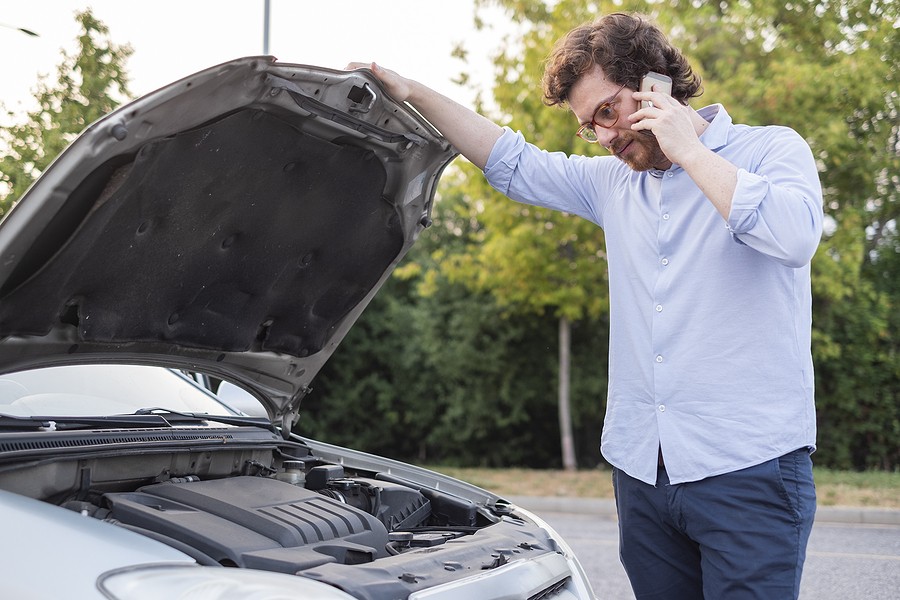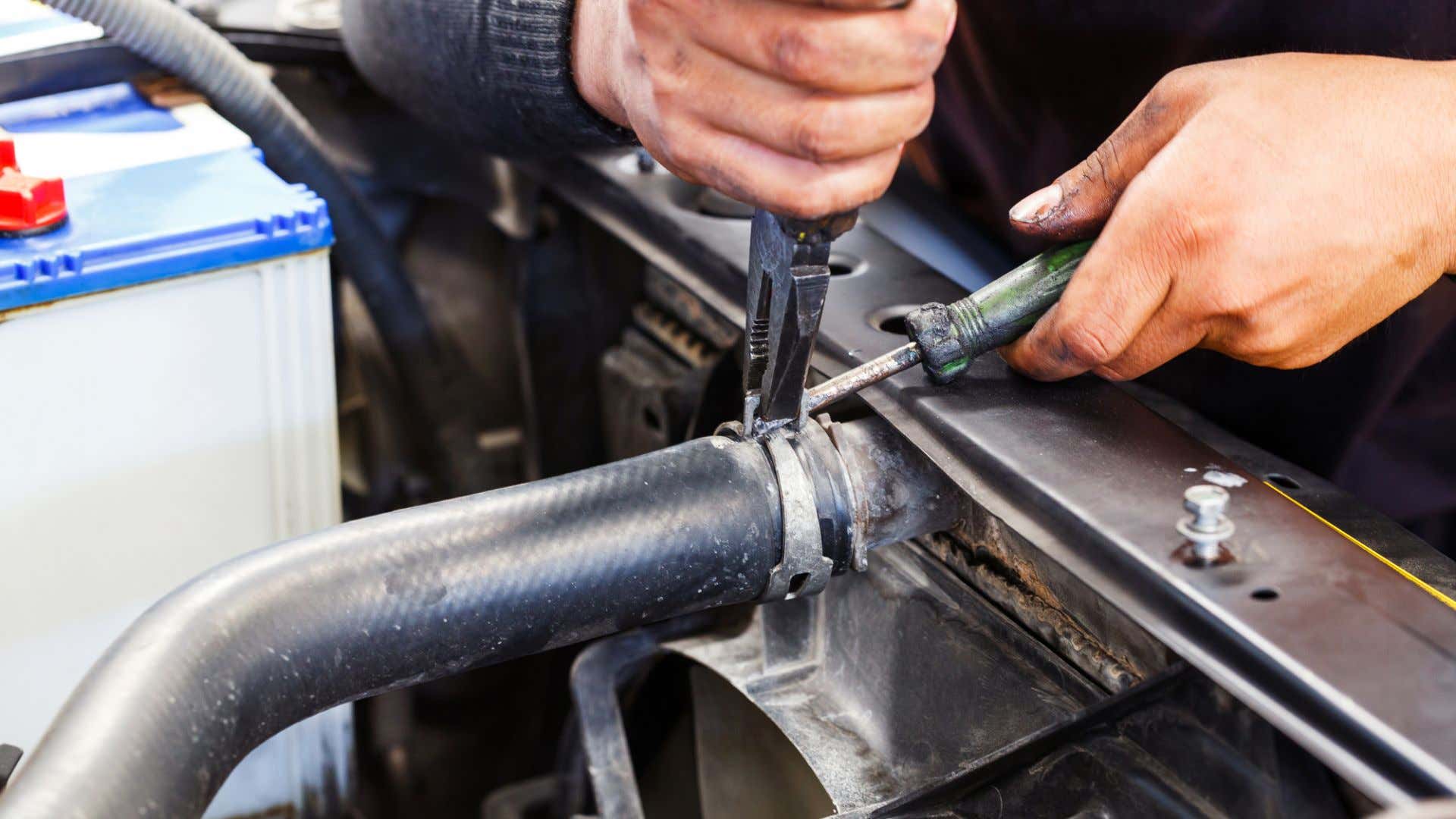
As a vehicle user, there is nothing wrong with knowing the symptoms of a damaged car CVT. This is important because you can detect it early so that damage can be treated immediately. Basically, CVT car transmission technology must be maintained and cared for just like other components to avoid damage. The reason is, damage to one CVT supporting component can result in damage to other components.
CVT damage is generally triggered by wrong driving behavior. For example, driving with a rough or aggressive driving style. In addition, CVT damage can also be caused by incorrectly positioning the gear or gear ratio. For example, when the car is moving, the gear is suddenly lowered in trip tonic mode. This will make the CVT go the extra mile and the engine will roar. In addition, another common symptom that could be an indication of a problematic CVT is a strange sound when the car is being driven. Other symptoms that can be detected as CVT damage include:
Detecting Damaged Car CVT Through Annoying Sounds
As mentioned briefly above, a symptom of a damaged car CVT is the emergence of annoying noises originating from the transmission. For example, when the shift lever is moved from P to R or from N to D, unusual sounds will arise. In addition, other strange sounds can occur when the car is running. Usually in the form of an annoying sound that reaches the cabin.
Response Backward Slightly Late
Another symptom of a damaged car CVT is reversing. Usually, if you go back, the response from the transmission is a bit late. Even though the automatic transmission lever is in the R position, you have to wait a long time like you have to be on the gas before the car starts to reverse.
Generally, if a car with an automatic transmission is in good health, when the automatic transmission lever is in the R position, the car can immediately reverse easily, simply by lifting the gas lever.
There Is A Loud Bang
In addition, another sign that you are starting to need attention is when you enter the D (Drive) position, you feel a loud thump. This shock is like a forced transmission gear and the engine speed is not damped properly.
It could be that this is due to an initial fault in the electronic or mechanical system. If it is severe, the symptoms … Read the rest

